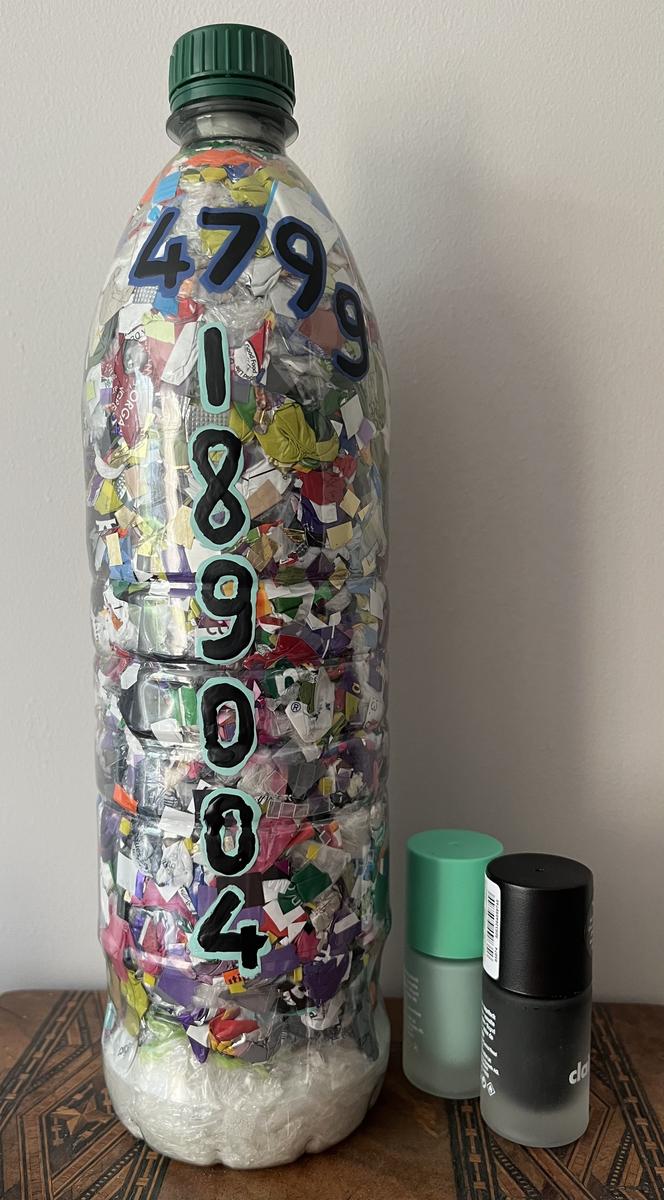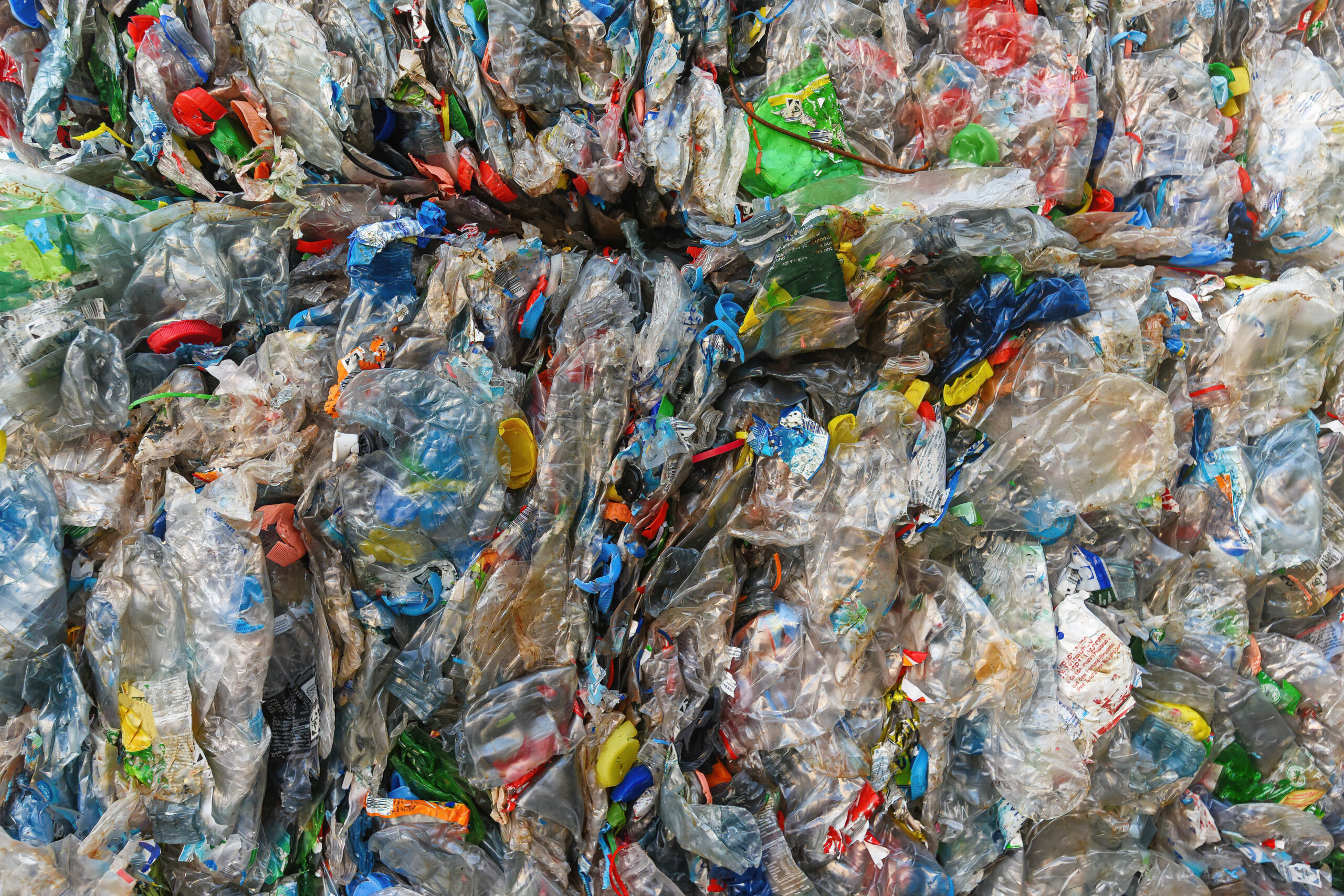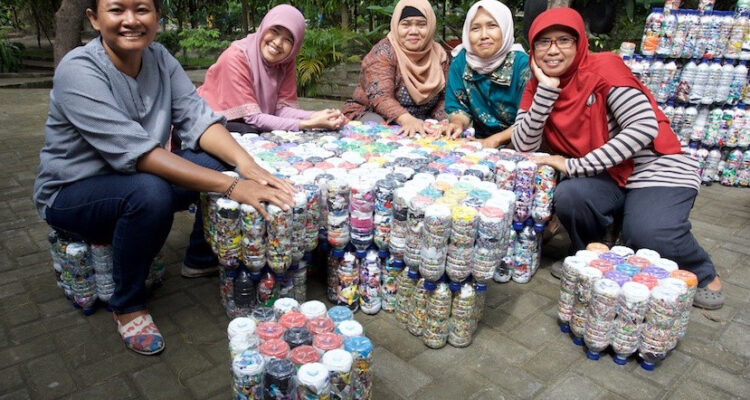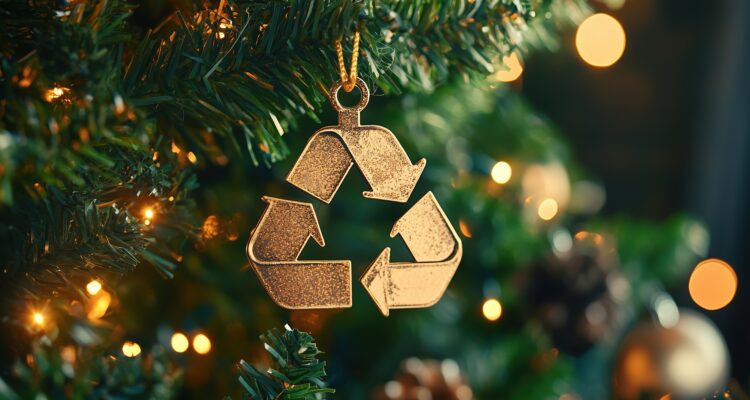Have you ever wondered what happens when you throw your plastic bottles into the recycling bin? Or what could happen to them if someone intervened with a solution to our plastic problem?
Enter eco bricks! These are made by tightly packing non-recyclable plastic materials into compact, sturdy structures. They not only divert plastic from landfills and oceans but also offer cheap or free building materials. They are also a great recycling method to reduce waste disposal in regions where industrial recycling is not yet available.[1]
Eco Bricks have the potential to revolutionize construction and contribute to a greener, cleaner future. In this blog, we’ll look into the fascinating world of eco bricks, exploring their production, applications, and the positive impact they can have on our planet.
What are Eco Bricks?
Eco bricks are made from a material called PET (Polyethylene terephthalate) bottles. These are then densely packed with clean, dry used plastic to make them as sturdy as possible.
This offers a sustainable solution for plastic waste management. By preventing plastics from deteriorating into harmful toxins and microplastics, eco bricks redirect plastic that would end up in landfill or oceans. These ‘bricks’ are versatile and serve as building blocks for both short-term and long-term projects, offering a practical way to repurpose plastic waste.
Where are Eco Bricks being used?
While eco bricks have a global reach, how often they are used depends on local building laws and initiatives. It also depends on awareness and commitment to tackling plastic waste in that region. For example, in the UK, our building regulations and easy access to building materials mean we won’t use eco bricks as often.
Eco bricks have gained popularity in developing nations, where recycling and wate management is non-existent or limited.
Eco bricks are being used in a variety of applications around the world. Some notable uses include:
- Construction
- Furniture
- Garden and Landscaping
- Schools and Community Projects
- Insulation
- Rebuilding Disaster Relief Areas
- Roads and Pathways
How to make an eco-brick
Creating an eco-brick is a simple process that anyone can do! If you want to build a compost pile pit in your garden, or even a planter – follow these steps.
1. Prepare and clean your plastics: Separate and clean plastics, removing any dirt or food residues to prevent microbial growth and methane formation inside the eco brick. You’ll need bottles for the outer side of the brick and cut up plastic for filling of the bottle.
2. Choose suitable bottles: Use a specific PET bottle type and size for consistency. Bottles under 600ml are recommended for beginners, while larger 1500ml bottles suit advanced users.
3. Use a compacting stick: A wooden or bamboo stick is essential to compact your plastic effectively. The stick’s size should be 1/3 of the bottle opening’s width and twice the bottle’s length. Avoid sharp-edged sticks to make sure you don’t pierce the bottle you’re stuffing with plastic.
4. Avoid inappropriate materials: Do not include glass, metal, paper, or biodegradable materials in the eco brick. They will rot, smell and ruin your Eco Brick.
5. Pack Tightly: Cut or tear larger plastics into smaller pieces for better density. Fill the bottle halfway with loose plastic, compacting it with the stick. Add more plastic and optimize density by layering soft and hard plastics. A strong eco brick is densely packed. A 600ml bottle should weigh 200+ grams.

6. Cap Properly: Leave 1-2cm space below the cap to avoid cracking it, as caps are weaker than the bottle material.
7. Build with Eco Bricks: Once you have enough Eco Bricks, you can embark on your building project, using these repurposed plastic blocks.
What are the benefits of Eco Bricks over recycling plants?
 Compressed plastic waste – Adobe Stock
Compressed plastic waste – Adobe Stock
Throwing plastic waste in the bin or recycling might seem easier, but the industrial recycling process uses significant energy and often results in non-recyclable plastics.
When plastic ends up in landfills or is incinerated, it releases harmful toxins and microplastics into the environment, releasing noxious gases and pollutants.
To delve deeper into the world of eco bricks, visit ecobricks.org and discover more about their positive impact on our planet.
Want to know more about how you can help the environment? Read our blog on ‘The best 5 things you can buy second hand’.
Looking to be more sustainable? Here at Vavista we plant a tree for every car insurance policy sold. We also do home insurance if you would like to protect your existing bricks!
[1] (PDF) Eco-bricks: A sustainable substitute for construction materials (researchgate.net)



